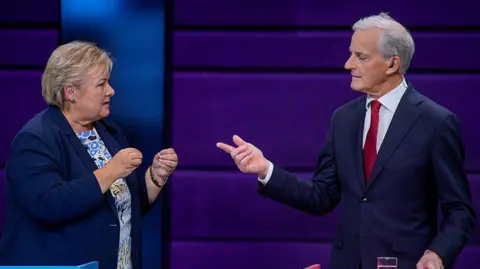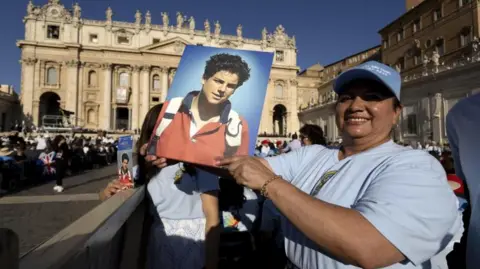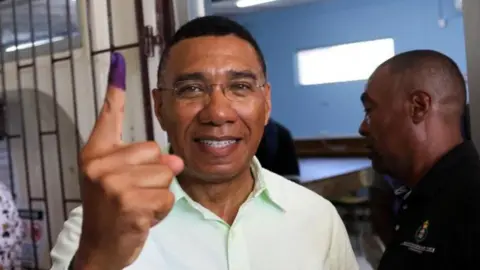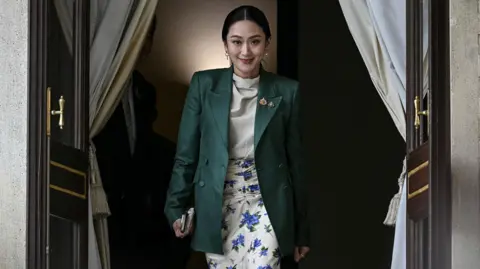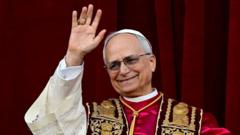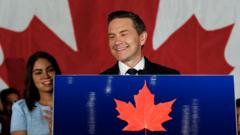The Vatican City is currently witnessing a deeply anticipated conclave, with crowds gathered in St. Peter’s Square waiting for a new pope, following the death of Pope Francis last month. On Thursday morning, black smoke emerged from the chimney of the Sistine Chapel, indicating that the voting process during the first session of the day had yet to yield a consensus among the 133 participating cardinals.
The cardinals, who entered the conclave on Wednesday afternoon, encountered an inconclusive first ballot that stretched well beyond three hours. With high expectations for a relatively quick selection—recent conclaves have concluded within two days—the announcement of black smoke sparked disappointment among the gathered crowds. This marks the beginning of what may be a lengthy deliberation as the cardinals reconvene and prepare for additional rounds of voting later in the day.
The cardinals are tasked with the challenging job of selecting Pope Francis' successor, a figure tasked with navigating the deep ideological rifts within the church, including those on progressive issues regarding inclusivity and reform. As part of this stewardship, the cardinals are expected to engage in intense discussions over several rounds of voting, using the smoke signals as a traditional means of reporting their progression. Black smoke means no pope has been elected, while white smoke will signal a successful election.
This week’s conclave is particularly noteworthy not only for its historical significance but for what some experts describe as an unprecedented diversity among the voting cardinals. Many of them, appointed by the late Pope Francis, had not previously convened together, leading to a more fragmented decision-making process.
The cardinals’ voting follows strict protocols, requiring a two-thirds majority for election, with the possibility of holding four votes each day until a consensus is reached. During Pope Gregory X’s era in the 13th century, a conclave managed to stretch nearly three years, demonstrating the potential for prolonged deliberations.
Current expectations suggest that the deliberative body, comprising a wide range of opinions and political affiliations, could face challenges in uniting behind a single candidate amid the heated debates reflecting the church's ongoing struggles with modernity and tradition. The Vatican spokesman has not set a formal timeframe for when a pope will be selected, but similar conclaves in recent history have concluded swiftly—often within days. As history unfolds this week, observers keenly await the white smoke that would signify the church's new pastoral leader.
The cardinals, who entered the conclave on Wednesday afternoon, encountered an inconclusive first ballot that stretched well beyond three hours. With high expectations for a relatively quick selection—recent conclaves have concluded within two days—the announcement of black smoke sparked disappointment among the gathered crowds. This marks the beginning of what may be a lengthy deliberation as the cardinals reconvene and prepare for additional rounds of voting later in the day.
The cardinals are tasked with the challenging job of selecting Pope Francis' successor, a figure tasked with navigating the deep ideological rifts within the church, including those on progressive issues regarding inclusivity and reform. As part of this stewardship, the cardinals are expected to engage in intense discussions over several rounds of voting, using the smoke signals as a traditional means of reporting their progression. Black smoke means no pope has been elected, while white smoke will signal a successful election.
This week’s conclave is particularly noteworthy not only for its historical significance but for what some experts describe as an unprecedented diversity among the voting cardinals. Many of them, appointed by the late Pope Francis, had not previously convened together, leading to a more fragmented decision-making process.
The cardinals’ voting follows strict protocols, requiring a two-thirds majority for election, with the possibility of holding four votes each day until a consensus is reached. During Pope Gregory X’s era in the 13th century, a conclave managed to stretch nearly three years, demonstrating the potential for prolonged deliberations.
Current expectations suggest that the deliberative body, comprising a wide range of opinions and political affiliations, could face challenges in uniting behind a single candidate amid the heated debates reflecting the church's ongoing struggles with modernity and tradition. The Vatican spokesman has not set a formal timeframe for when a pope will be selected, but similar conclaves in recent history have concluded swiftly—often within days. As history unfolds this week, observers keenly await the white smoke that would signify the church's new pastoral leader.










